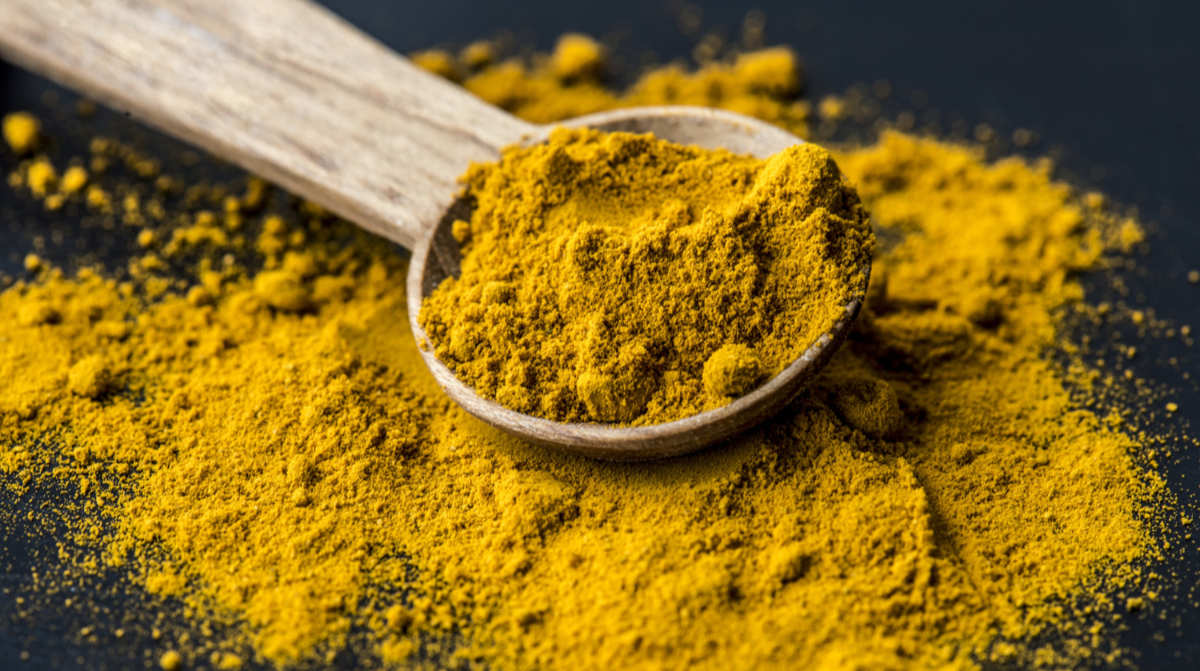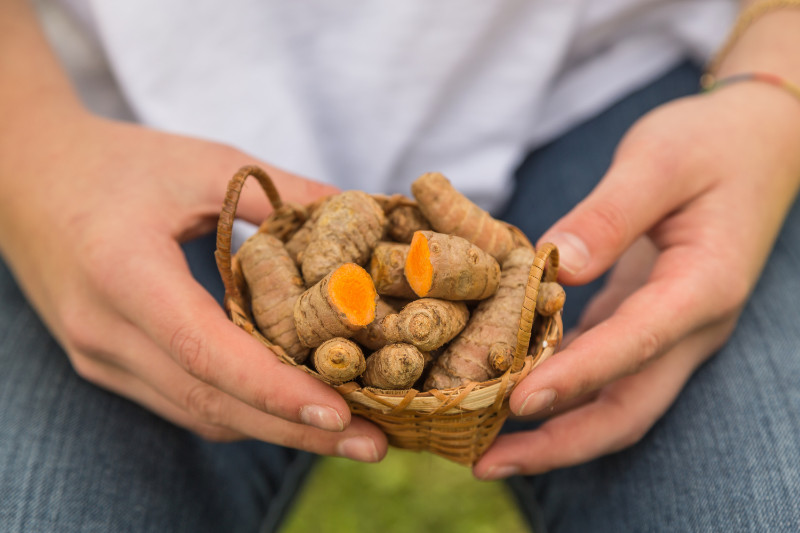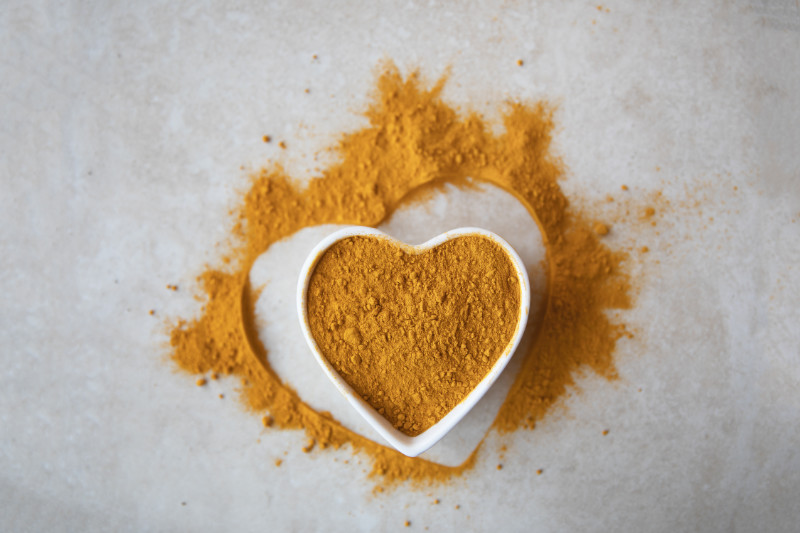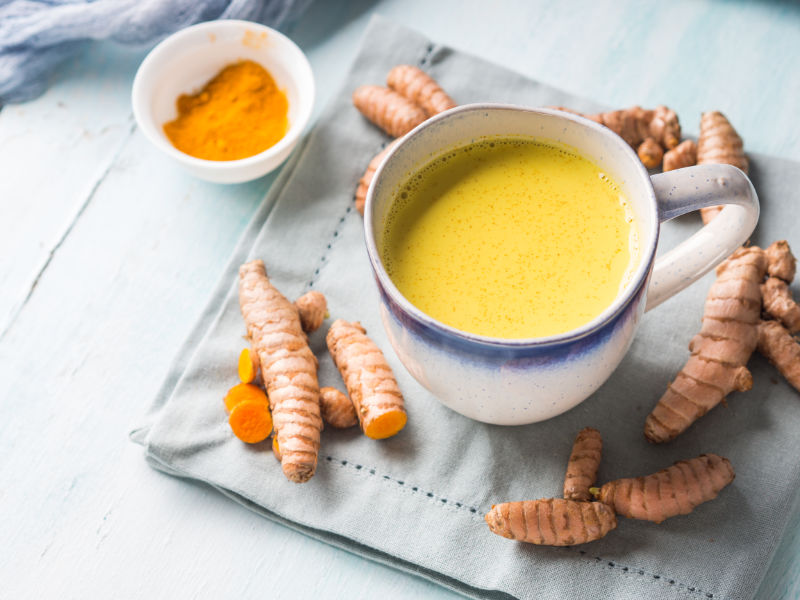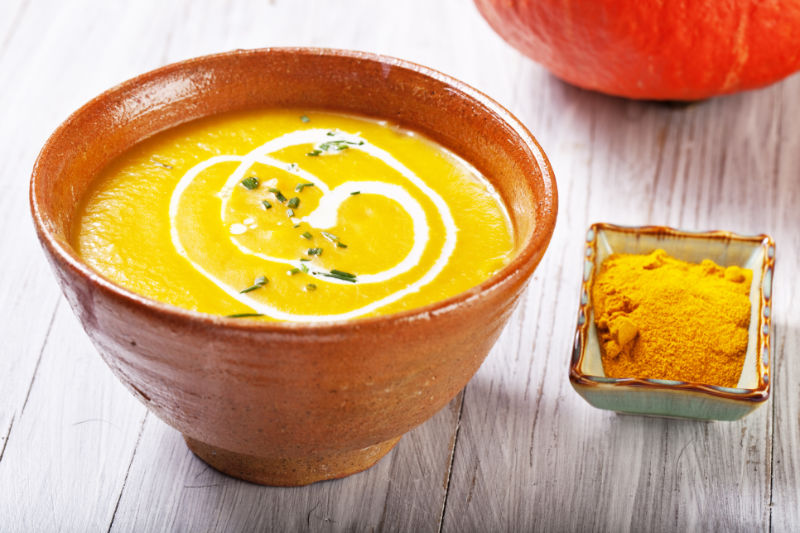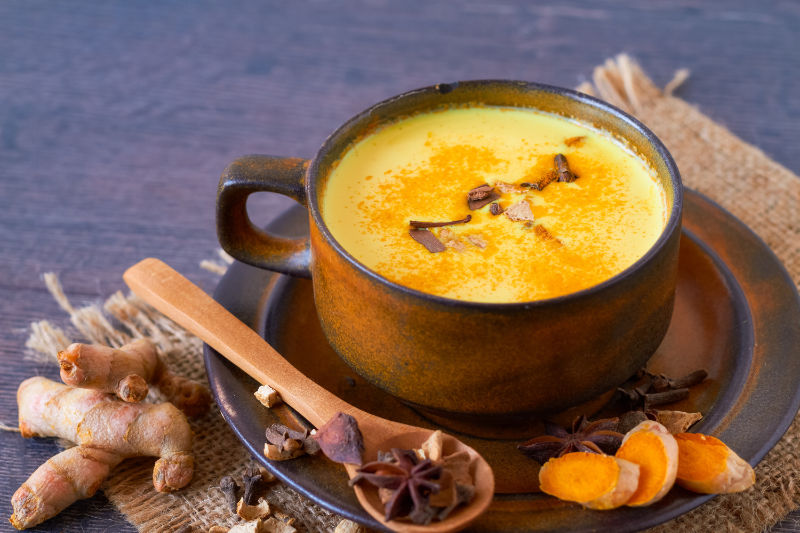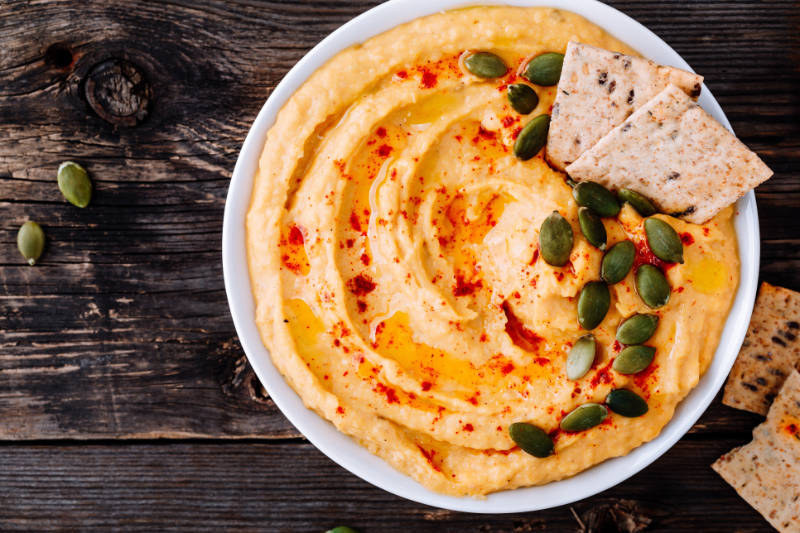For ages, health buffs have been telling us that turmeric is a pretty wonderful thing, thanks to its nifty healing agent curcumin – which has some mighty anti-inflammatory and antioxidant effects.
The popularity of turmeric is on the increase. According to a recent report by Waitrose, turmeric has even overtaken cinnamon as the most popular spice in our kitchen cupboards, while Google searches for it are up 75% in the last five years. Check many Instagram feeds and Pinterest boards and you’ll likely spot a homage to the golden wonder spice with pictures and recipes for turmeric lattes, spicy rice, curries and aromatic golden soup.
This potent plant of the ginger family grows wild in the forests of Southeast Asia, and has long been a staple in Pakistani, Indian, Persian and Thai diets for its anti-inflammatory qualities.
5 reasons why you should add turmeric to your diet
But is it just a fad or are there actual benefits to the wonder spice? Here, we’ve found some science-backed reasons why you should tap into its healing potential.
1. It decreases inflammation
We’re all probably a little too familiar with joint pain, with arthritis affecting about 10 million people in the UK. Researchers have found that curcumin, the bright yellow chemical produced by turmeric, is capable of interacting with a variety of molecules involved in inflammation, easing swelling, aches and pains in the joints and muscles. In fact, a study published in the National Center for Biotechnology Information found that cucurmin may be just as effective as aspirin and ibuprofen at suppressing the body’s inflammatory response.
2. It has antioxidant effects
Antioxidants are pretty important substances; they protect your cells against the effects of free radicals – unpaired electrons that scavenge the body to seek out other electrons so they can become a pair. The damage caused by free radicals has been linked to premature ageing, a host of neurodegenerative diseases, and even cancer. As well as bolstering the body’s natural antioxidant function by increasing glutathione levels, studies have found curcumin’s molecular structure can even neutralise harmful free radicals in the body, lessening the chances of disease.
3. It can keep the heart healthy
Heart and circulatory disease causes more than a quarter of all deaths in the UK; that’s nearly 160,000 deaths each year at an average of one death every three minutes. Multiple studies have found that the yellow pigment in turmeric root can help to maintain the function of the interior lining of your blood vessels. One study published in the Nutrition Research journal in 2012 even found that curcumin may be as effective in improving vascular function in post-menopausal women as a moderate exercise routine.
4. It reduces the symptoms of depression
As well as being good for your heart and your joints, turmeric could also help to improve your mood. Research has shown that curcumin has a similar effect as antidepressants on patients suffering from depression, mood swings and anxiety, and studies on mice found that daily doses of turmeric can even increase the amount of happy hormones (serotonin and dopamine) in the brain.
5. It boosts immunity
Thanks to its lipopolysaccharide content, turmeric can help stimulate the body’s immune system, helping you to avoid cold, flu and coughs. Its antibacterial, antiviral and anti-fungal agents also help to bolster immunity during the winter months. With winter clinging on a little longer than usual this year, try switching your morning coffee for a turmeric tea, to help give your immune system an extra boost.
Winter wellness tips: 5 spices that can help you stay well this winter
5 ways to get more turmeric into your diet
The bright yellow-orange colour of turmeric comes mainly from fat-soluble, polyphenolic pigments known as curcuminoids. When something is fat-soluble, that means it dissolves in fat. Without fat, the active component in turmeric, curcumin, has a difficult time making it past the stomach, into the small intestine, and into the blood where it can offer the greatest benefits.
For that reason, the best way to take turmeric is with fatty ingredients such as in curry or coconut milk. Research has also shown that black pepper improves absorption of curcumin into the body.
Here are a handle of ways you can get creative with turmeric in the kitchen.
1. Add it to scrambled eggs
Use a pinch of turmeric in your frying pan next time you’re whipping up a healthy breakfast.
2. Use it to spice up your rice
A dash of the golden stuff will liven up a pot of boring Basmati.
3. Make a warming soup
Whizz it up with carrots, ginger and onion for a creamy and satisfying winter treat.
4. Drink a calming turmeric latte
Simply add ginger, almond milk, turmeric and cinnamon together to create the perfect drink to fight the flu.
5. Add it to your hummus
If you make your dips from scratch, you can easily add a dash of ground turmeric and grated nutmeg to give your hummus a spicy kick. Serve with celery sticks and dig in.























































